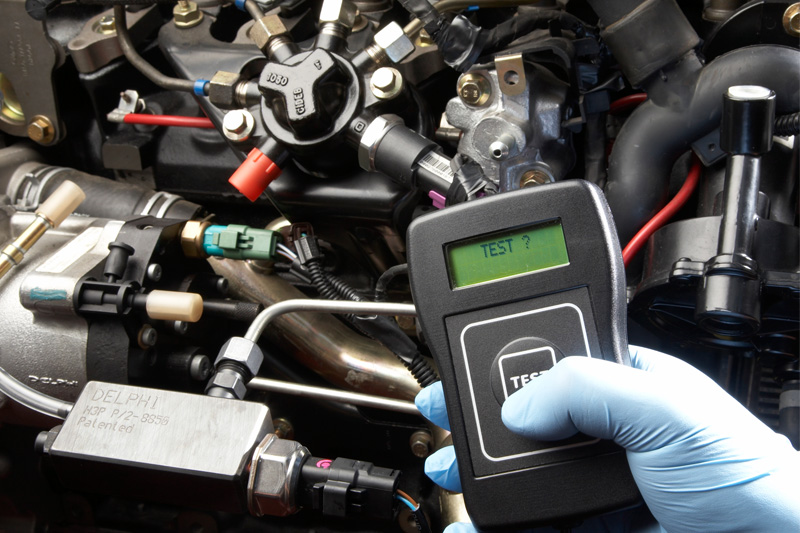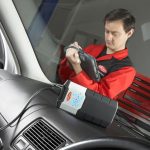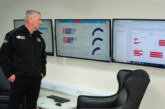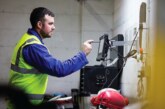In conjunction with Delphi Automotive, CVW looks at how diagnosing faults with common rail systems can be profitable for CV workshops.
With common rail now fitted to nearly all LCVs and some truck and bus applications, the technology presents a great servicing opportunity for workshops with the right equipment and knowledge. By following a simple guide to diagnosing faults with common rail systems, workshops can improve their efficiency and open up a potentially new and profitable revenue stream.
1. Identify the fault code – The first stage in identifying common rail faults is to interrogate the vehicle’s OBD. By using a quality all-makes diagnostic tool such as Delphi’s DS, technicians can identify the fault codes generated and then focus their attention on this area of the vehicle.
2. Check the injectors – If the OBD has generated a fuel injection system fault code, then check the injector’s functionality. Tools, such as Delphi’s Sealed Rail Diagnostic Kit, can be connected to the injectors, preventing the need for a complete system removal and refit. It collects and measures back leakage flow from the injectors and indicates which injector may be faulty and in need of replacement. By replacing individual injectors rather than a whole set, garages can save both time and money.
3. Check the common rail pump function – Next, fit the sealed rail kit directly onto the high-pressure outlet pipe from the pump and crank the engine to record pressure in the system. The sealed rail kit displays the results digitally and if the figure differs from the specified pressure measurement for the vehicle application, the pump could be faulty.

4. Confirm if a mechanical or electrical pump fault – If the common rail pump is suspected of being faulty, use Delphi’s False Actuator Kit in conjunction with the sealed rail for further interrogation. This temporarily replaces the vehicle’s actuator to enable the pump to generate full system pressure. If the pump generates the correct pressure with the false actuator in place, then the vehicle actuator is likely to be at fault and should be replaced. However, if the pressure is still below the required level, then the common rail pump may have a mechanical fault and should be repaired or replaced. Both kits are compatible with Delphi, Bosch, Denso and Continental systems.
DS Diagnostics
Although there are many diagnostic tools available for passenger cars, there are significantly fewer offering capability on commercial vehicles. One key aspect to look out for when choosing a tool is the breadth and depth of application coverage. Certain tools will claim extensive vehicle coverage, but in fact, will only diagnose limited systems within those vehicles. Therefore, make sure that you look in detail at the level of coverage provided.
It is also advisable to opt for a diagnostic provider that has an OE pedigree in common rail systems. This will ensure that the tool delivers in all the key areas. For example, it is necessary to re-programme the ECU every time you replace a common rail injector, and therefore the tool must provide injector coding capability. One example of an affordable tool that meets these key criteria is Delphi’s DS solution. Available as a stand-alone or tablet, Delphi’s LCV, truck, bus and trailer software provides coverage for more than 70 brands and nearly 1,700 models.









